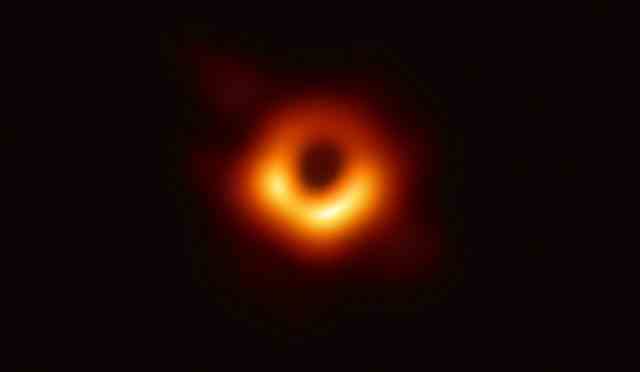In addition to everyday work and games, processor computing power can also be used very productively for scientific simulations. Through the cooperation of the EHT and the TACC, an image of the supermassive center of the Milky Way could now be calculated. Read more about this below.
In a five-year partnership between scientists from the Event Horizon Telescope (EHT) and the Texas Advanced Computing Center (TACC), the Frontera supercomputer at TACC has computed an image of the black hole at the center of the Galactic Milky Way, Sagittarius A. At just 27,000 light-years away, the center of the Milky Way is an easy-to-observe object compared to other galaxy centers.
Zen 4: Rumors of more than 24 percent more IPC
The calculation and analysis is a first look at the supermassive center of the galaxy, which weighs more than four million times that of the Sun. Previously, it was only compatible with theoretical descriptions of a black hole. So far, although black holes are suspected to be at the center of most galaxies, only historical images of the black hole have been from galaxy M87. Although it is further away than Sagittarius A, it is also significantly larger. In addition, the black holes are orbited by gas, which, even at speeds approaching the speed of light, takes several days for a single orbit in the case of the galaxy M87, while it takes only a few minutes for Sagittarius A.
In order to still get a sharp and reliable image, more than 300 scientists from 80 different institutes spent five years evaluating the data and using more than 100 million CPU hours. This was necessary because the algorithms that were supposed to determine the exact values of Sagittarius A worked on the basis of a library of basic physical definitions, theoretical assumptions and many other scientific aspects and were enormously resource-intensive.
Source: Tom’s hardware

